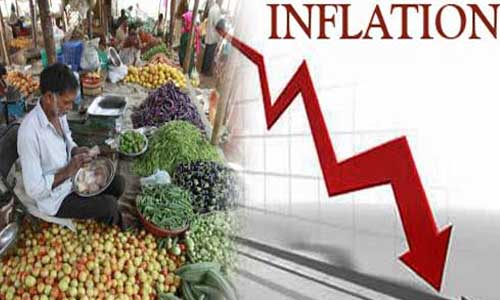The Ministry of Finance has significantly revised Pakistan’s inflation forecast for March 2025, lowering it to a range of 1% to 1.5%, down from the earlier estimate of 3% to 4%. This adjustment reflects the easing of inflationary pressures, attributed to declining food and energy prices, which have contributed to overall price stability.
Despite this positive development, the ministry has not provided a definitive outlook for key economic sectors, notably agriculture and manufacturing, due to prevailing uncertainties. In the agriculture sector, wheat production for the Rabi season 2024-25 is projected at 27.9 million tonnes, supported by government initiatives such as input subsidies and the distribution of high-yielding seeds. However, the realization of these targets is contingent upon favorable weather conditions. The Pakistan Meteorological Department has cautioned about drought-like conditions, particularly in Sindh and Balochistan, due to significantly lower rainfall compared to the previous year.
In the manufacturing sector, Large-Scale Manufacturing (LSM) exhibited mixed signs of recovery in January 2025. While monthly growth indicators suggest resilience, a year-on-year decline of 1.2% highlights underlying weaknesses that may continue to impact industrial performance. The ministry remains cautiously optimistic, noting that positive trends in cement sales, automobile production, and imports, coupled with an easier monetary policy, could bolster production if demand conditions remain supportive.
On the fiscal front, the government’s expenditures have continued to grow at a double-digit pace despite the low inflation rate. The fiscal deficit narrowed to 1.7% of GDP in the first seven months of the fiscal year, down from 2.6% in the same period last year. This improvement is partly due to a primary surplus increase to Rs3.5 trillion, or 2.8% of GDP, driven by factors such as the central bank’s one-off payment and higher petroleum levy collections.
While the downward revision of the inflation forecast indicates a stabilizing economic environment, the government acknowledges the need for continued vigilance and strategic interventions to address the uncertainties in key economic sectors.



Comments (0)
No comments yet. Be the first to comment!
Leave a Comment